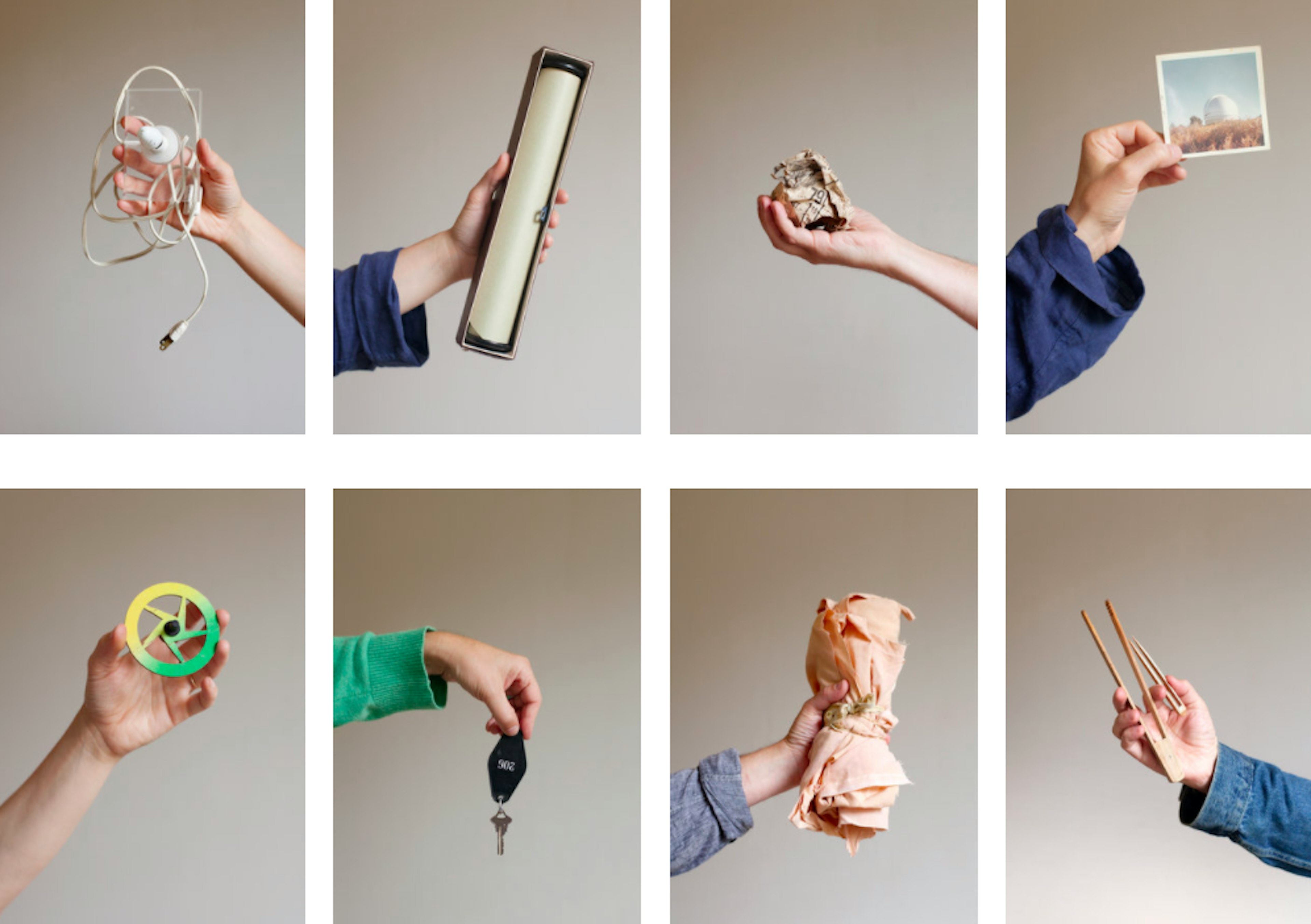Welcoming 2020 Artist Fellows Lenka Clayton & Phillip Andrew Lewis


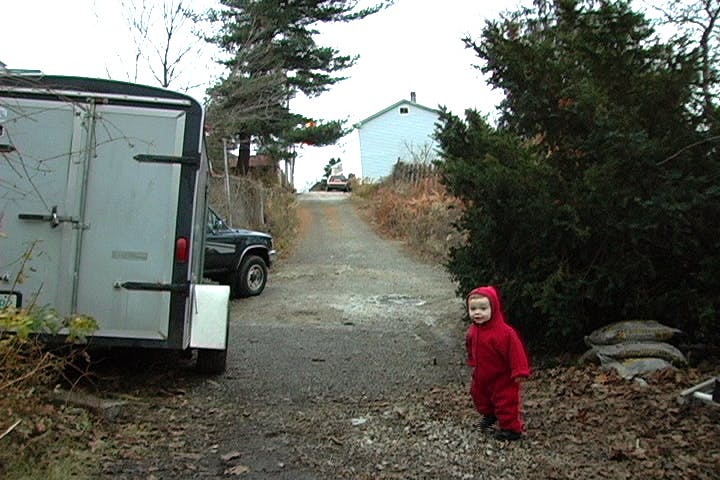
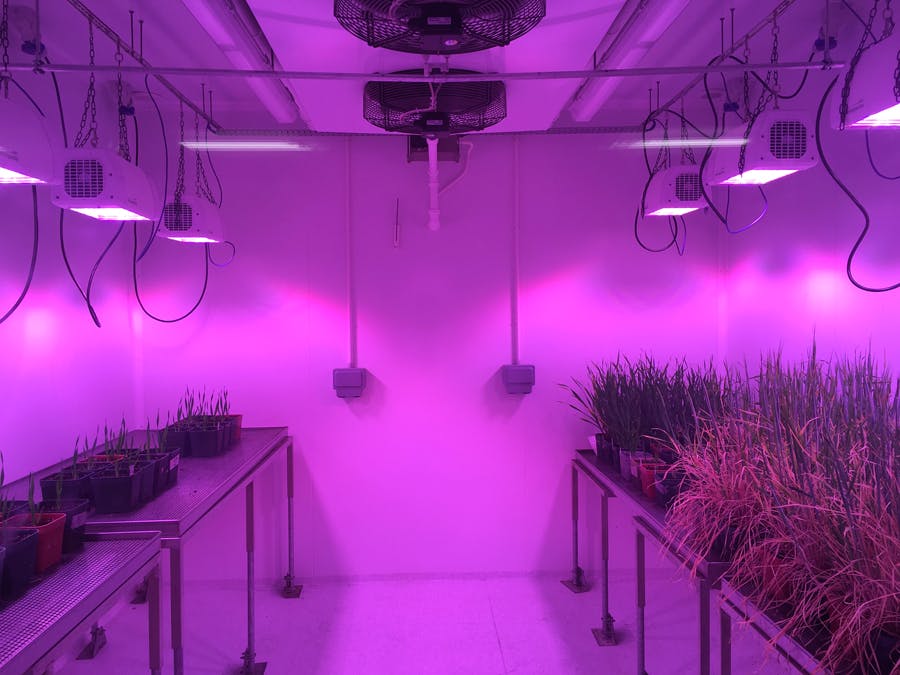
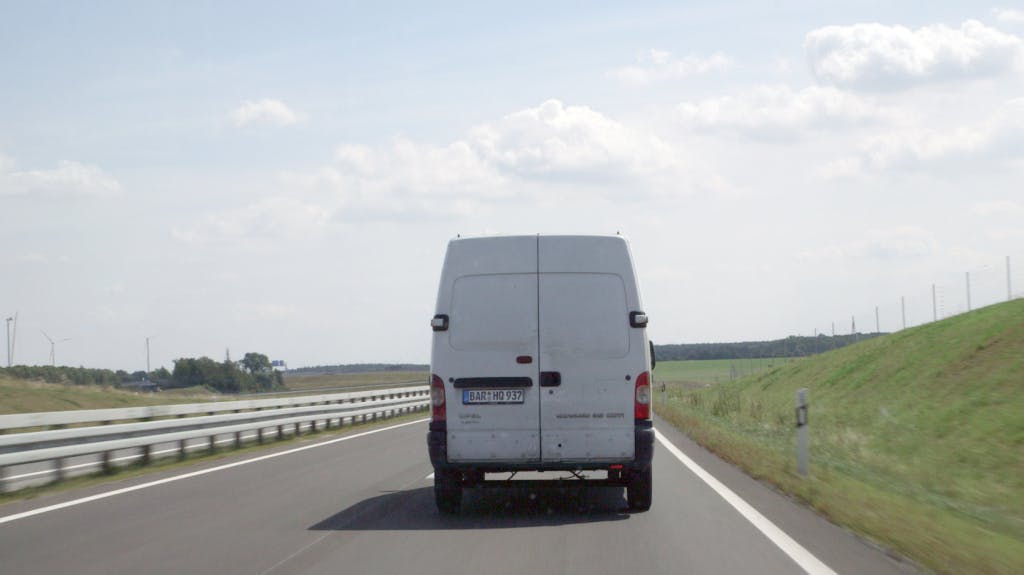
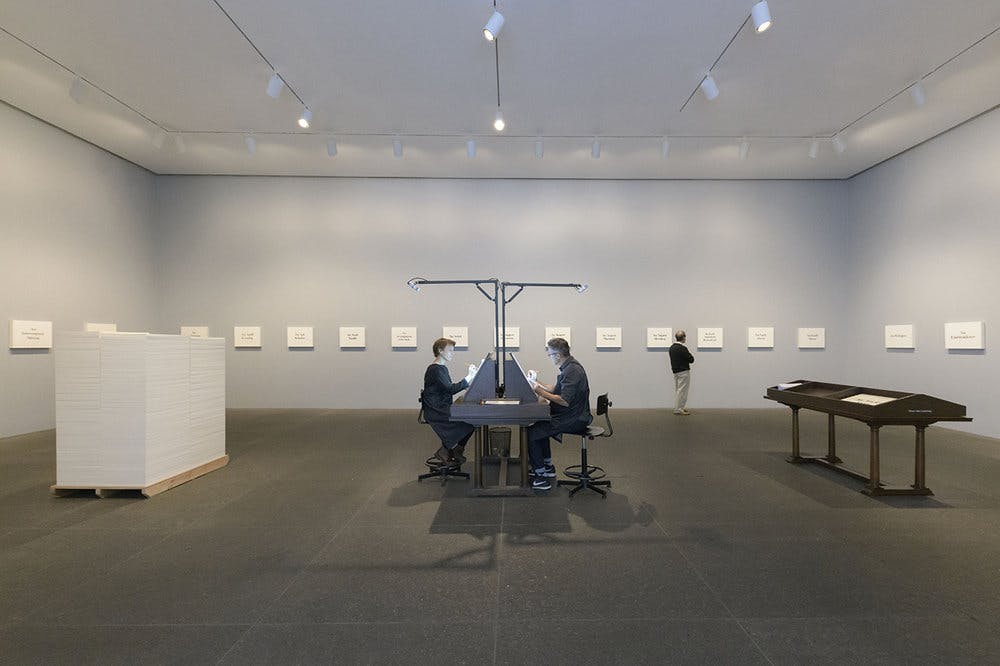
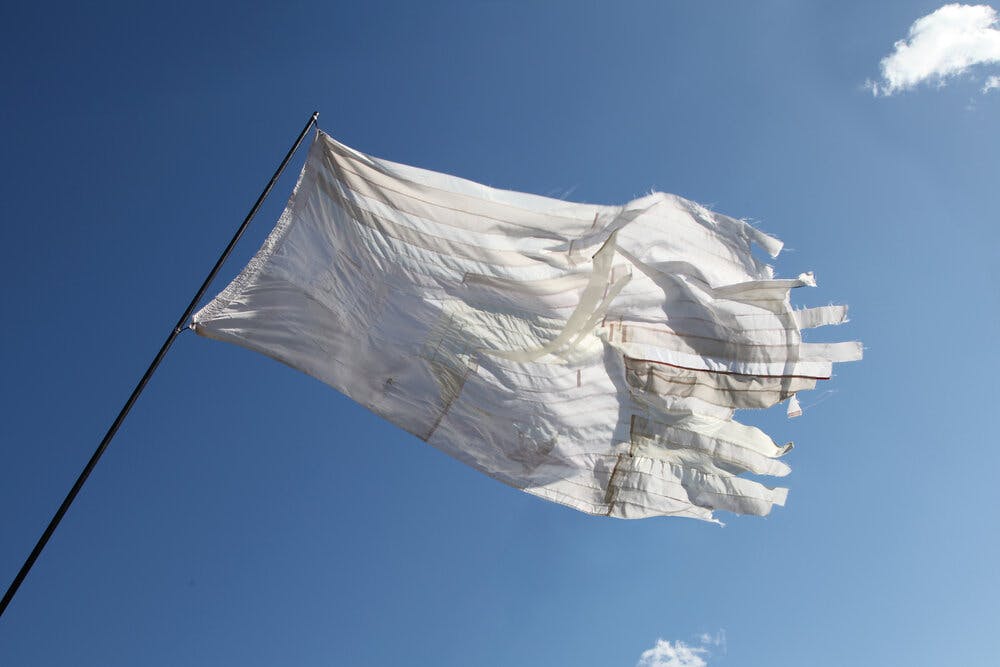
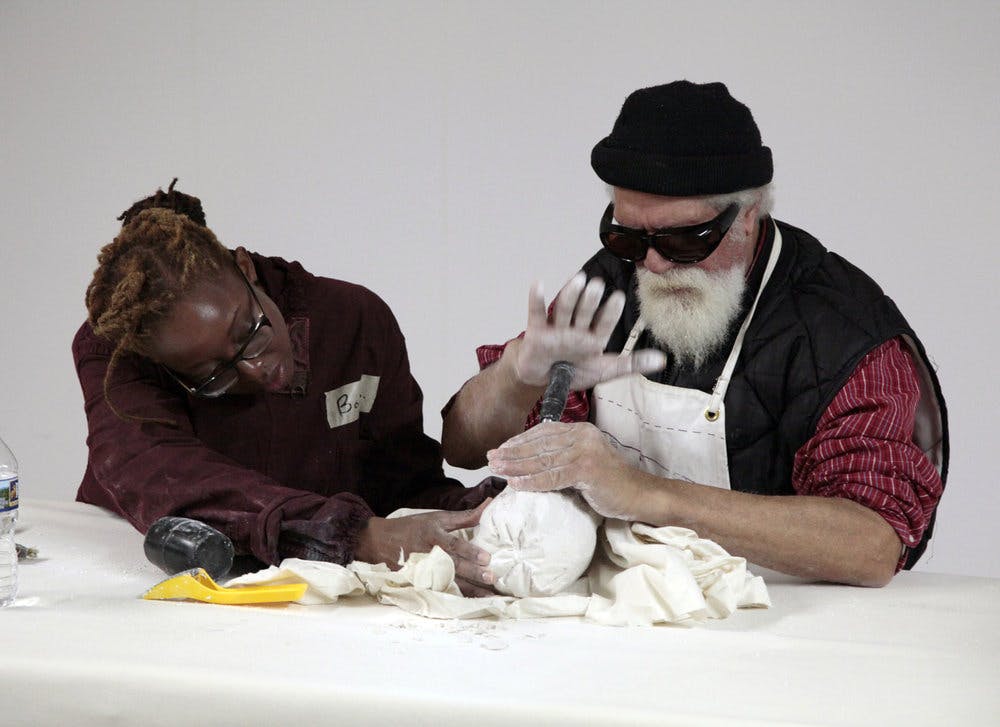


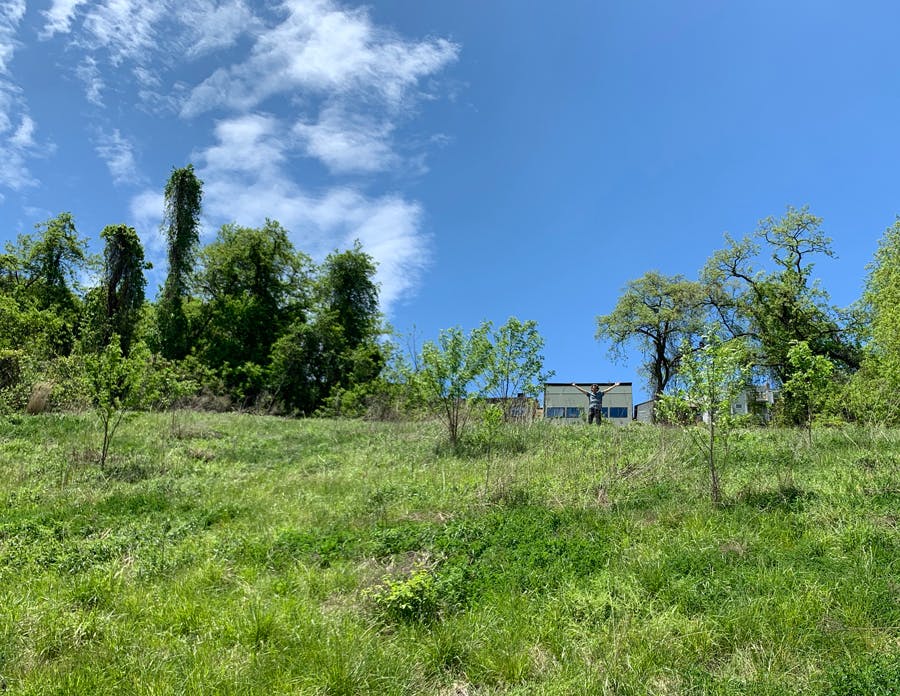
Lenka Clayton and Phillip Andrew Lewis, 2020 Artist Fellows, spoke to us about their plans to work collaboratively to create a site-specific artwork that embodies diverse perspectives in Pittsburgh’s Troy Hill neighborhood.
Welcoming 2020 Artist Fellows Lenka Clayton & Phillip Andrew Lewis
Lenka Clayton and Phillip Andrew Lewis were Black Cube’s first named Artist Fellows under the Sabrina Merage Foundation. Part of Black Cube’s Artist Fellowship program, the Sabrina Merage Foundation Artist Fellowship is a 2020 fellowship for a contemporary artist, duo, or collective working at the intersection of inclusivity and diversity. This fellowship was created to support artists interested in cultivating relationships between new audiences and contemporary art. The two artists worked collaboratively for their fellowship to create a site-specific artwork that embodied multiple perspectives.
Black Cube: Tell us about your respective practices, the kind of art you make, as well as your main interests.
Lenka Clayton: I’m an interdisciplinary artist and work both alone and in collaboration with others. Originally I’m from the UK, but have lived in Pittsburgh since 09/09/09. I moved here from London, England after having a mysterious vision in which the word “Pittsburgh” manifested as yellow 3D letters in my mind’s eye. Now I live with my two kids Otto and Early (9 & 7) and my husband and collaborator Phillip Andrew Lewis who you’ll read about below.
My main material and inspiration are the experience of everyday life as it develops around me. Recent projects include the ongoing Artist Residency in Motherhood, a free, self-directed artist residency program that artists implement in their own homes and lives as parents. There are currently over 1,000 participants living in 64 countries from Ghana to China to New Zealand to Chile. Collectively we have also published a book of written accounts of the same day, and I’m currently working on a companion audio project.
In 2017, the Guggenheim Museum commissioned a new work by my collaborator, Jon Rubin, and I called A talking parrot, a high school drama class, a Punjabi TV show, the oldest song in the world, a museum artwork, and a congregation’s call to action circle through New York. With the participation of six venues around New York City, we arranged for an essential element from each site—referenced in the project’s title—to circulate from one place to the next, creating a six-month network of social and material exchange. In collaboration with The Fabric Workshop and Museum, I recently worked with artists who identify as blind to recreate Brancusi’s Sculpture for the Blind from a spoken description. I also regularly make drawings on a typewriter of subjects including my son’s eyelashes, the door at the fingerprinting office, and toppled Wedgwood vases.
Phillip Andrew Lewis: I am also an interdisciplinary artist who works on solo and collaborative projects. I grew up in Memphis, Tennessee and have been exhibiting art since 1998. To expand on what Lenka mentioned above, we live on a hilltop in Pittsburgh and also have two weather-themed cats, Fog and Drizzle. Our studio and our house are two blocks apart which is a perfect commute.
I first studied Psychology and after earning my degree I went on to study Studio Art. My foundation is in Photography and Film. And, while my work doesn’t always directly include those mediums, I am constantly aware that my creative approach is inspired by and connected to those fields. Research and conceptual ideation are a key part of my process for generating art and I also tend to work on a handful of projects at the same time.
Some of my ongoing projects include: Spirit Molecule which involves collaborating with Heather Dewey-Hagborg and working with an international team of scientists to bio-engineer living plants to contain human DNA as a new way to memorialize a lost loved one; Synonym which is a long-term research project about drug culture, the war on drugs, and the history of rehabilitation supported by Creative Capital; and, Darkhouse Lighthouse in which Lenka and I are constructing a full-scale working lighthouse to be contained within four floors of a burned out row house
BC: Each of you hold independent practices, but also collaborate often (with one another and with other artists). Can you touch on one or two of your previous collaborations?
LC: Phillip and I have worked together since we met. I’ve also worked regularly with my friend, artist Jon Rubin. Most recently we taught the gallery guards for the Lyon Biennial the traditional magic trick of how to pull things (rabbits, flowers) out of a magic hat. Another recent project was Fruit and Other Things made for the last Carnegie International. During museum hours, two full time painters rendered the titles of 10,632 paintings historically rejected from the exhibition, into beautiful hand-lettered text paintings that were displayed in the museum and then handed out to visitors.
PAL: Lenka and I started our working relationship with a project called The Gifts where we gave one another an object a day for one week to creatively respond to. This exercise and the results have continued to surface in our work 3+ years later. We have even taught the project as a workshop. Even if my work is considered solo, it often involves some form of collaboration. For instance, within my project Synonym I have worked with teenage marching troops within confined spaces, an all-women’s Threshold Choir to ease and comfort the living and dying, unsuspecting strangers driving unmarked white vans, anonymous groups, plant communities, and therapists to name a few. Alongside artist Peter Happel Christian, we have a publishing project AA which conceptually reexamines Ansel Adams’ zone system through an eleven volume series of books. We have finished 4 so far. For each volume we work with a new designer, a new writer, and other types of contributors.
BC: For your fellowship with Black Cube, you are working together to realize a site-specific project. What excites you about producing a new work? Can you explain your process for working collaboratively?
LC: We spend more time in each others’ presence than in any other. Working is naturally folded into life. Often ideas will show up in conversation, then we’ll slowly work on them as we do other things — grocery shopping, parenting, etc. Once they get close to feeling formed, we might take a more formal approach, like writing them out or discussing them with others. The beauty of this particular collaborative relationship is that we never have to call meetings, the other person is just always there.
PAL: Working together is our life and a constant conversation. It is thrilling to watch an idea evolve and become a part of our world. We trust one another’s instincts completely, which makes everything almost easy or at the very least exciting. A big part of our process always involves lists both in written forms and drawings. These can build up and get lost in piles, then the ideas worth following stick in our heads and become obsessions. Lately with our Black Cube Fellowship we have been gathering loads of books, safely visiting archives, and having more Zoom calls with specialists than we can count. This research is really opening our eyes to everything around us.
BC: You two joined Black Cube’s fellowship during unprecedented times—amidst a global pandemic, a mass movement for racial justice, and an upsurge of political polarization in America. As artists, do you view this moment as restrictive or generative when it comes to ideating new works?
LC: Over time I have learnt the creative benefit and focus that all kinds of limitations can bring, and feel fairly accepting of external circumstances that shift one’s practice, attention or personal circumstances. The work moves forward as it can, and by following that it is possible to process and speak to one’s surrounding circumstances. For me, I look to my ongoing work as a grounding force through which I can most honestly respond to and move through life as it unfolds, whatever it might hold.
PAL: It seems to me that lots and lots of amazing art has always been generated during unprecedented times. I think it is often something to respond to or against. I tend to work harder under challenges and constraints. It isn’t always comfortable, but I think it can be a catalyst for good. I personally feel a need to work and make things. It is how I process the world and how I best communicate.
BC: Building off the previous question, how are you managing to conceptualize a site-specific project under the pandemic conditions?
LC: The limitations of our current situation determined the project for us. We are only able to spend time with one another, and can only work in our studio. These circumstances dictated our collaboration and our site. It also gave us the thrilling question, how to work with the people whose lives intersect with the physical location of our studio in new ways. We are asking ourselves, how can we poke metaphorical holes in the usually private studio in order to engage with the people who walk and drive past it each day?
PAL: It is amazing to be able to work on a project in the only place we can safely be. It has restricted us being able to go out to libraries and meet specialists in person, but we have found workarounds where possible and in general it has kept us more onsite.
BC: This named fellowship focuses on the plural concept of diversity and inclusivity. Can you explain what diversity and inclusivity means to you, in relation to your practices and the wider art world?
LC: In our neighborhood when we work on our house for example, every person walking past will stop and talk to us and share their views. We had two rocks sitting on our front steps for a while and a neighbor told us they’d wondered what they “mean” every time they walk past. It's a very interesting prospect to be making work for the specific community of our neighborhood. None of them know or I imagine would care particularly if we told them we make art. Allowing things to be discovered within the normal life of the people coming across them is to me the most direct way to engage my fellow human beings, while releasing whatever expectations and baggage are connected with the concept of art. For me, it is about allowing the work to happen and be discovered in a location that positions it honestly and deeply within people’s own experience, where its existence and interpretation is equally met by any interested party.
PAL: One thread we are following right now is examining how history is told, and by whom. Through our Black Cube project, we’ve set ourselves the challenge of questioning and opening up how a single location within a community is remembered and challenging that narrative by embracing the plurality and complexity of human history. How can we tell a story of a site that begins before the land rose out of the ocean, and extends as far as scientists can predict into the future?
